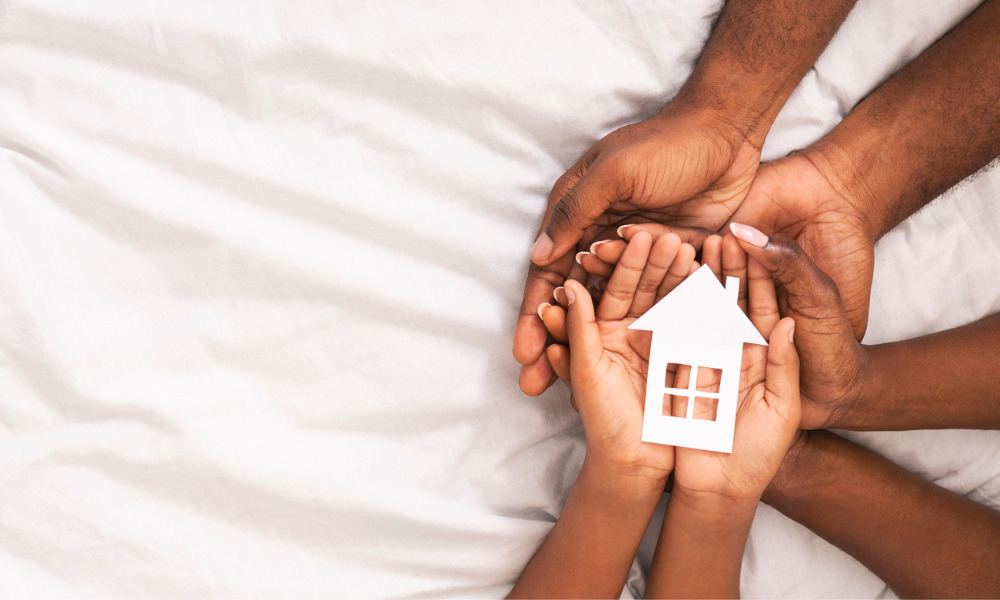Zillow report finds affordability gains offset by systemic challenges

The racial gap in the percentage of renters who can afford a mortgage has shrunk, but disparities in access to credit and lower homeownership rates remain, according to a new Zillow report.
In 2022, nearly 39% of all US families weren’t homeowners, and of these, over 6.3 million had incomes high enough to comfortably manage a typical mortgage payment. Among these “income mortgage-ready” families, 7.8% were Black renters, and 12.5% were White, representing a 4.7 percentage point gap.
While still notable, this gap has shrunk by more than a third from 7.9% in 2012, showing a positive shift over the past decade.
“Despite the significant decline in mortgage affordability in the past two years, millions of families who do not own their home have the means to afford the largest share of a homeowner’s cost — the mortgage,” said Zillow senior economist Orphe Divounguy.
However, he emphasized that income isn’t the only obstacle.
“It’s crucial to recognize the existence of additional barriers beyond monthly cost, including access to funds for a down payment and closing costs — as well as other barriers that significantly contribute to mortgage denials, like insufficient credit scores and lack of access to credit,” Diyounguy said in the report. “These barriers especially impact people of color.”
The report also notes a sharp decrease in the number of families able to afford mortgages, from 12.9 million in 2021 to 6.3 million in 2022, largely due to soaring mortgage rates. Interestingly, the median family income of Black renters has increased more than that of White renters since 2012, particularly in areas where Black incomes grew the most.
Cities like Detroit, Memphis, St. Louis, Houston, and Cleveland have seen the highest percentages of Black renting families who can afford a mortgage. Despite lower home values in these areas making mortgages more accessible for Black families, the path to homeownership remains fraught with challenges.
Nationally, disparities are stark: 73% of White households owned their homes in 2022, compared to just 44% of Black households. This homeownership gap often exceeds 30 percentage points in many of the country’s largest metro areas. Furthermore, homes owned by White families are typically valued much higher than those owned by Black families. The report also highlights the troubling fact that in 2022, Black applicants were 146% more likely to be denied a mortgage loan than White applicants, often due to credit history.
Read next: Thriving in a post-pandemic real estate market
To combat these disparities, Zillow advocates for initiatives that improve access to down payment assistance, build credit opportunities, reform zoning laws, and create affordable housing in prosperous communities. These steps are crucial for leveling the playing field and making the dream of homeownership a reality for more Americans.
Stay updated with the freshest mortgage news. Get exclusive interviews, breaking news, and industry events in your inbox, and always be the first to know by subscribing to our FREE daily newsletter.



